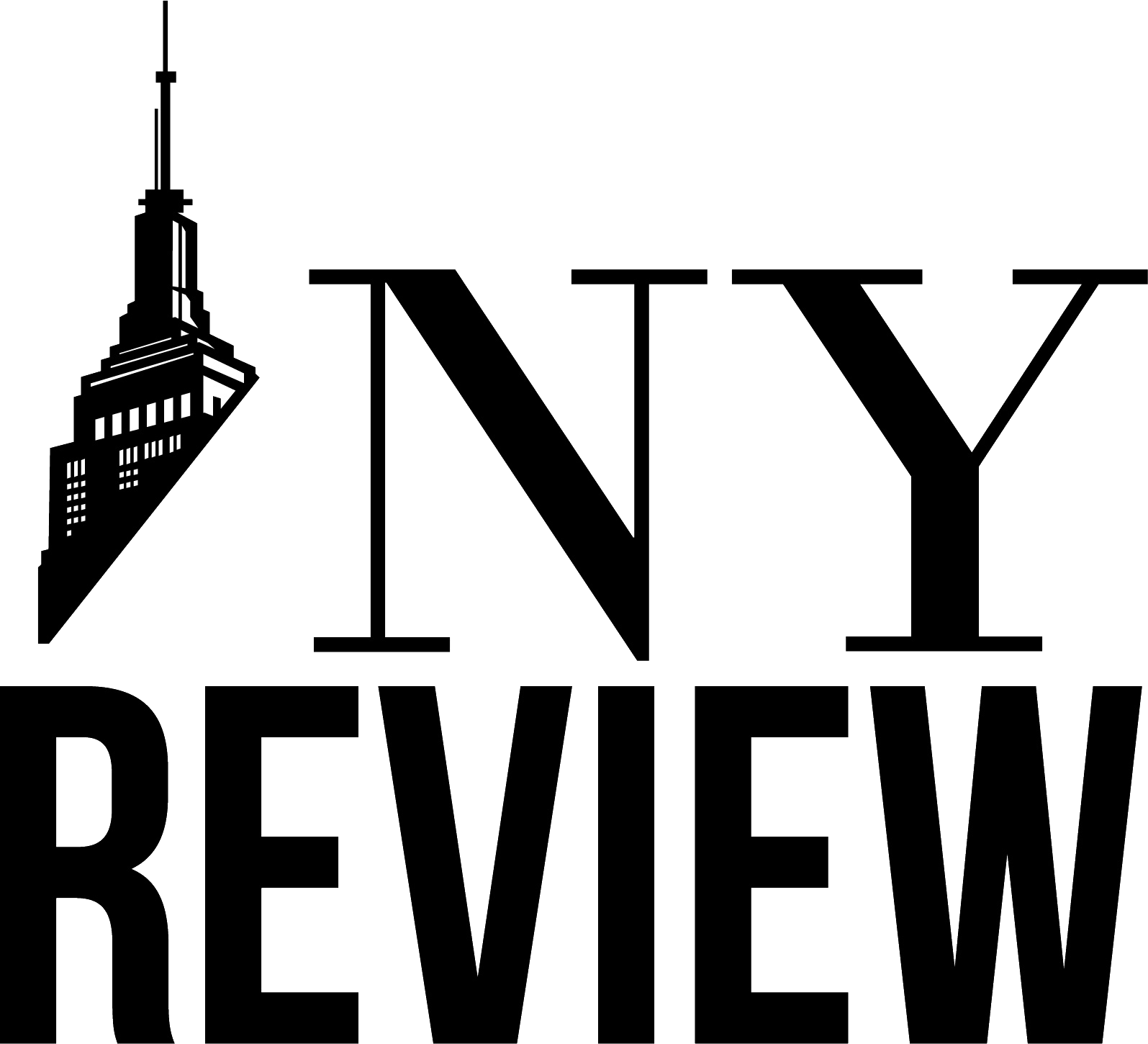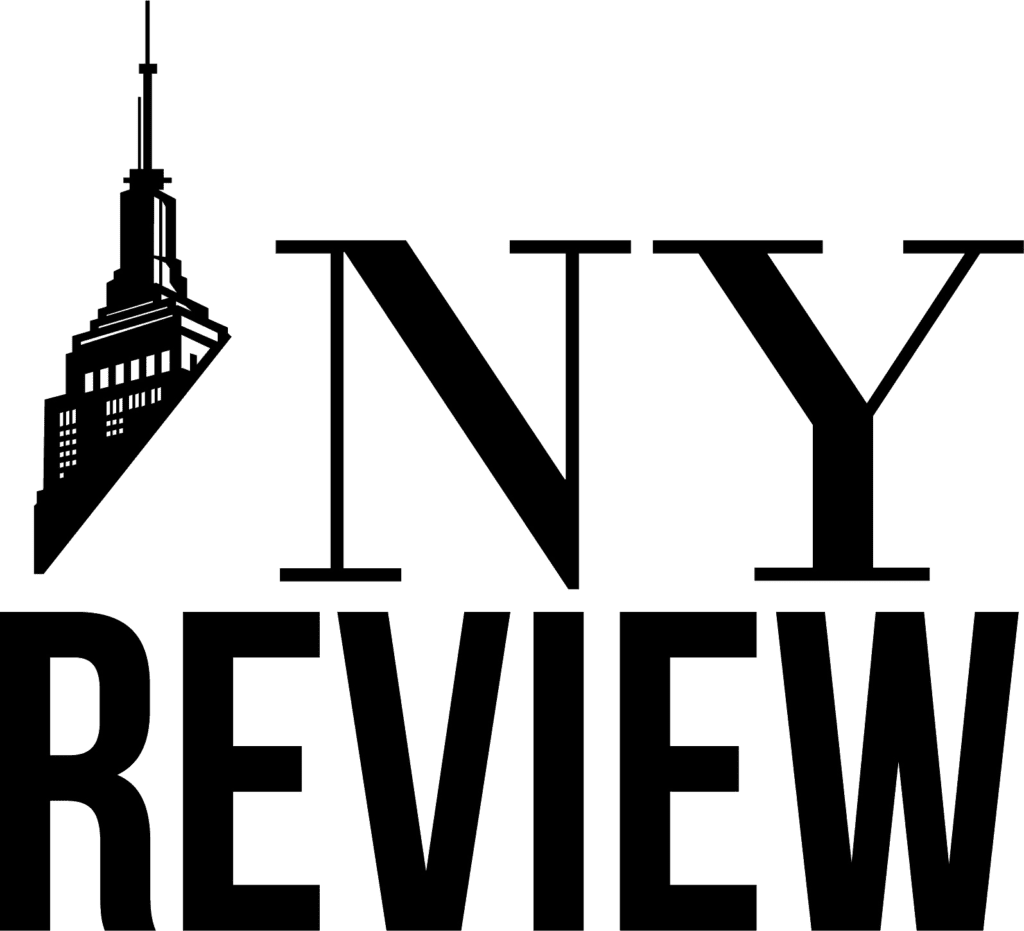May 5, 2025 – Chicago, Illinois
Reimagining Urban Sustainability in the U.S.
On May 5, 2025, the National Urban Sustainability Forum was held in Chicago, bringing together urban planners, architects, environmentalists, and local policymakers to discuss how cities across the U.S. can adapt to the challenges of climate change, population growth, and resource scarcity. Held at the Chicago Cultural Center, the event attracted over 3,000 attendees, including experts from the U.S. Green Building Council (USGBC), the American Institute of Architects (AIA), and representatives from major cities like New York, Los Angeles, and Boston.
This year’s forum focused on the theme “Building Green Cities for the Future,” examining the latest trends in sustainable urban design, green infrastructure, and climate-resilient communities. The forum served as a platform for showcasing new technologies, innovative policies, and collaborative efforts aimed at creating more sustainable, livable cities.
Keynote Speakers and Major Announcements
The keynote address was delivered by Dr. Kate Brown, a leading expert in urban sustainability and climate resilience, who discussed the importance of integrating environmental considerations into every aspect of city planning. Dr. Brown, who has worked with cities like Portland and Seattle to implement green infrastructure projects, emphasized the need for urban areas to embrace strategies like green roofs, urban farming, and sustainable transportation.
“In the face of climate change, our cities must evolve,” Dr. Brown said. “We can no longer afford to build without considering the impact on the environment. Sustainable design is not just about protecting our planet; it’s about creating healthier, more equitable urban spaces.”
One of the most exciting announcements at the forum was the launch of the Green Cities Challenge, a new initiative funded by the U.S. Department of Energy and the Environmental Protection Agency (EPA). The challenge encourages cities to adopt policies and technologies that reduce carbon emissions, improve air quality, and increase green space. The winning cities will receive funding and technical support to implement their green initiatives.
The Role of Technology in Building Sustainable Cities
A major focus of the forum was the role of technology in advancing urban sustainability. Panelists discussed how smart city technologies, such as the Internet of Things (IoT), data analytics, and artificial intelligence, can be used to create more efficient, environmentally friendly cities. For example, real-time data on traffic patterns can be used to optimize traffic flow and reduce congestion, cutting down on emissions from idling vehicles.
Additionally, the forum highlighted the use of renewable energy systems, such as solar panels and wind turbines, to power urban infrastructure. In cities like San Francisco and Los Angeles, local governments have partnered with private companies to install large-scale solar arrays on public buildings and transit systems, significantly reducing their carbon footprints.
Another key theme was green building practices. The USGBC presented data showing that LEED-certified buildings are not only more energy-efficient but also improve the quality of life for residents by offering better air quality, natural lighting, and access to green spaces. The growing demand for LEED certification is driving innovation in building materials, with companies developing products that are not only sustainable but also affordable.
Social Equity in Sustainable Urban Design
Social equity was a key consideration at the forum, with many discussions focused on how sustainable urban design can be inclusive. One of the major issues addressed was how to ensure that low-income communities, which often bear the brunt of environmental degradation, benefit from sustainable development. Many cities are working to ensure that green initiatives are accessible to all residents, particularly those in underserved neighborhoods.
One of the most powerful moments at the forum came from a panel featuring representatives from community organizations in Chicago, who discussed their efforts to bring green infrastructure—like parks, community gardens, and sustainable housing—to historically marginalized areas. These efforts are aimed at improving air quality, reducing urban heat islands, and providing residents with better access to nature.
Commercial and Economic Implications
The economic impact of urban sustainability is significant. The green building industry alone is valued at over $200 billion annually, and the demand for sustainable design is only expected to grow. Cities that prioritize sustainability are also likely to see increased investment from companies looking to align themselves with green initiatives.
Moreover, cities that implement sustainable practices can save money in the long term. By reducing energy consumption, improving water management, and investing in efficient transportation systems, cities can lower their operating costs and improve quality of life for residents. The Green Cities Challenge, for example, aims to demonstrate that sustainability isn’t just good for the planet—it’s good for the economy.
The Long-Term Impact: A Sustainable Urban Future
The National Urban Sustainability Forum 2025 marked a defining moment in the future of American cities. As urban populations continue to grow and climate change accelerates, cities across the country are being forced to rethink their infrastructure, design, and policies to become more resilient and sustainable.
The initiatives and partnerships forged during the forum will help ensure that the U.S. leads the world in building green, sustainable cities. The lasting impact of the forum will be felt in the projects that emerge from the Green Cities Challenge and in the cities that embrace the principles of sustainable urbanism.
By integrating sustainability into the heart of urban planning, American cities can build a more resilient, equitable, and environmentally conscious future.


